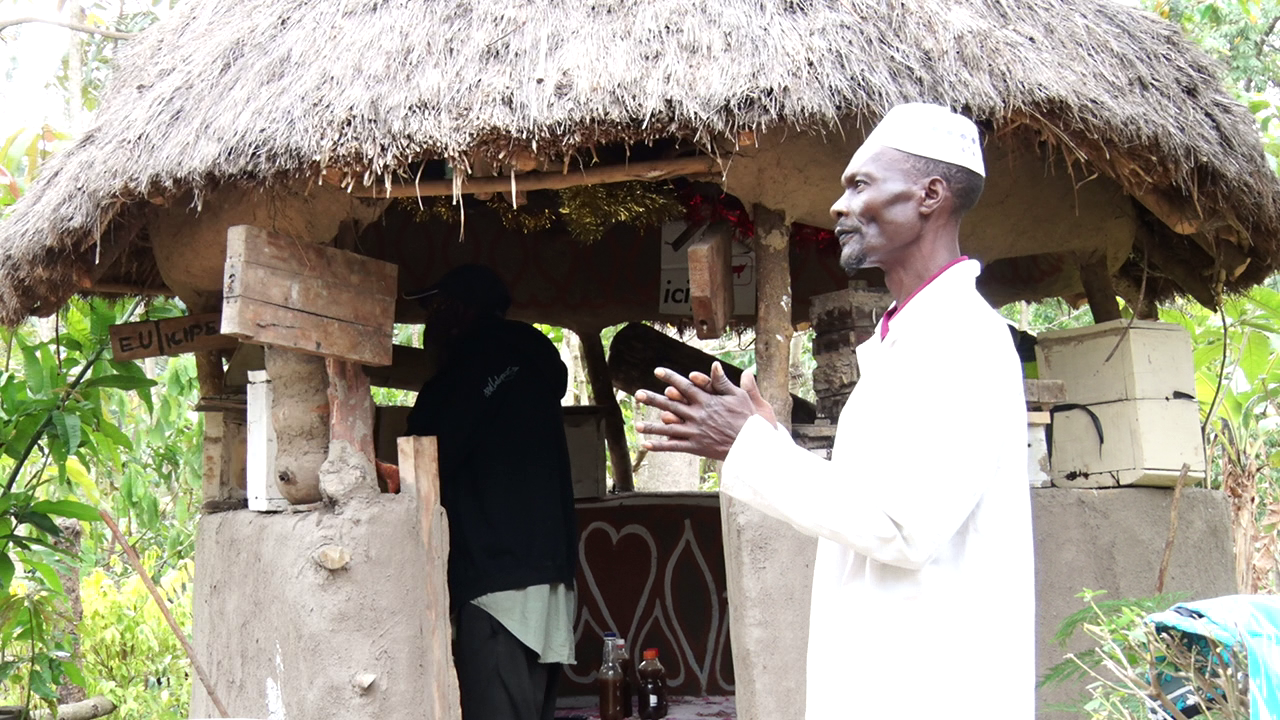Farmers in the South Rift region of Kenya have been advised by the Kenya Meteorological Department to make good use of the current dry spell by harvesting and drying their maize crop.
This recommendation aims to minimize post-harvest losses, as the near-to-below-average rainfall projected for certain maize-growing areas is expected to create favorable conditions for harvesting.
The areas identified by the department include Elgeyo Marakwet, Uasin Gishu, Trans Nzoia, West Pokot, Baringo, parts of Nandi, Nakuru, and parts of Laikipia.
The weather forecast for June suggests that the anticipated rainfall is also likely to support agricultural production.
Charles Mugah from the Meteorological department, urged farmers in the aforementioned regions to take advantage of the expected dry spells within the season to harvest their products promptly and reduce losses incurred during the post-harvest period.
However, Mugah cautioned that there is a potential risk of pests and diseases, such as fall armyworms, affecting areas expected to receive below-average rainfall.
He emphasized the need for relevant authorities to implement surveillance, control, and preventive measures to address this concern effectively.
Furthermore, the weather outlook highlights that the current scarcity of water, food, pasture, and browse for both humans and livestock is projected to worsen due to the anticipated dry conditions in counties like Wajir and Taita Taveta, which are still facing drought.
The forecast indicates that most of the country will experience predominantly dry and sunny weather throughout the month. However, the Highlands West of the Rift Valley, Central, and South Rift Valley, and Northwest regions are expected to receive near to below-average rainfall.
In the Central Rift Valley, residents can expect cool and cloudy conditions with light rainfall as the cold season gradually approaches.
Concurrently, authorities must remain vigilant against potential outbreaks of pests and diseases and implement appropriate surveillance and control measures.
As the dry conditions persist in some areas, the shortage of essential resources for humans and livestock is expected to worsen, necessitating proactive steps to address the impending challenges.


